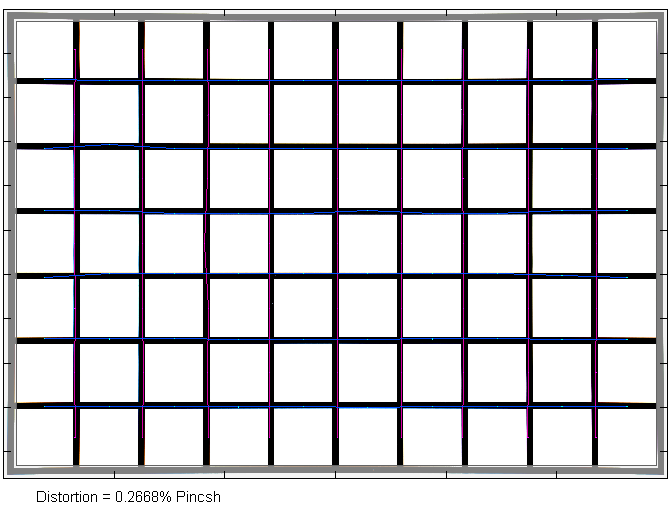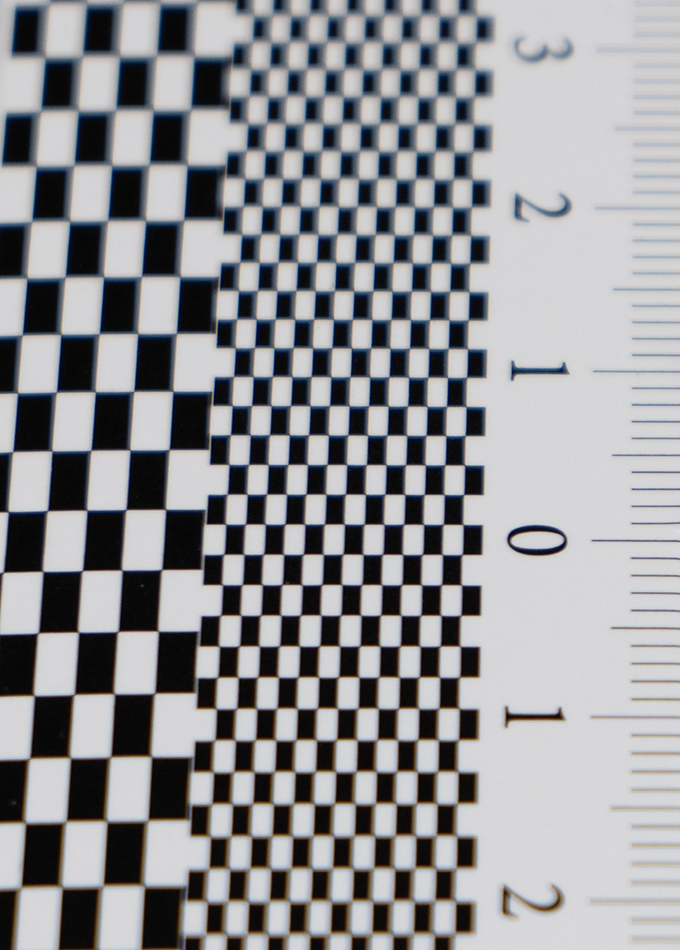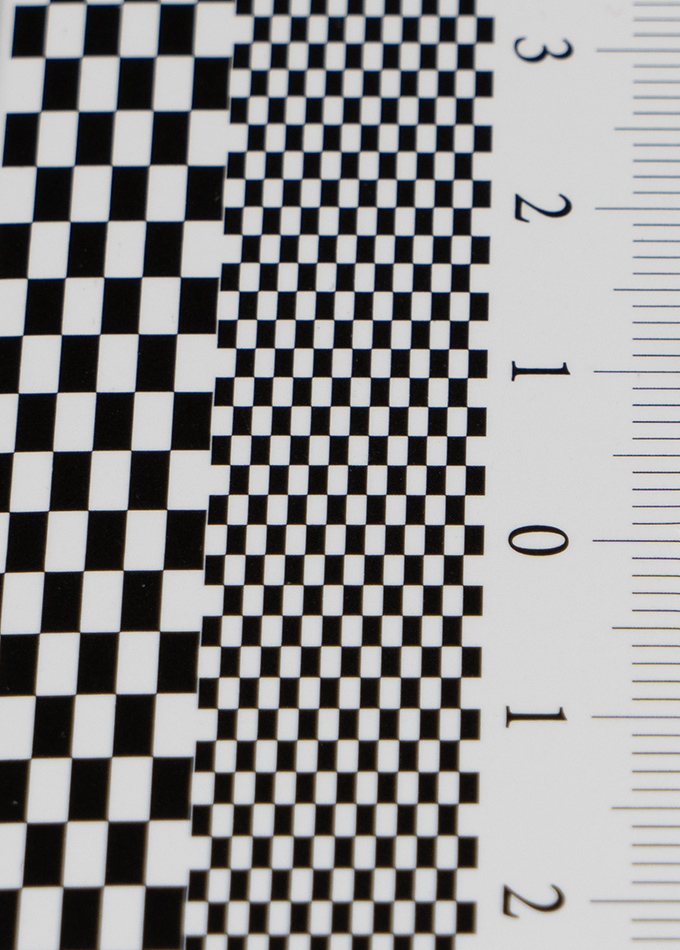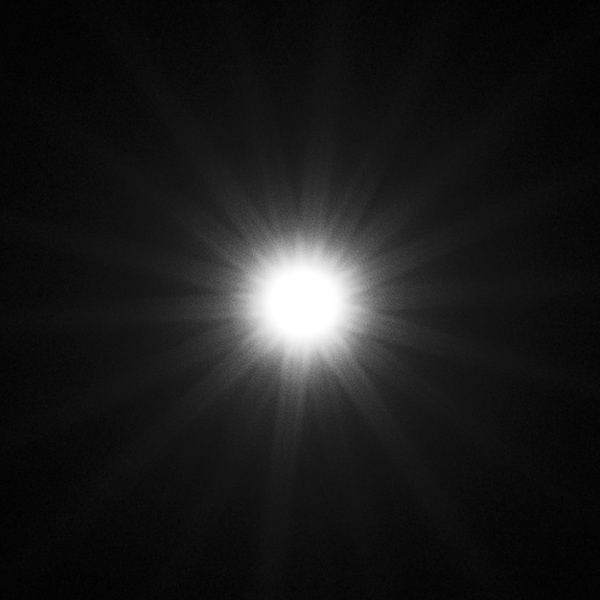Table of Contents
Introduction
Some of the OEMs now offer ultra-wide zoom lenses with some coverage into standard focal lengths. In Sony land, the most prominent example is the Sony FE 20-70mm f/4 G. Tamron has picked up the gauntlet by releasing the Tamron 17-50mm f/4 Di III VXD. So it may not be a full substitution for a conventional standard zoom lens like the Sony, but it offers a little extra at the wide end, which some may prefer. It is very competitively priced at $700 USD (750EUR) – that’s a whopping $500 less than for the Sony lens. So, it’ll be interesting to see whether Tamron had to take some shortcuts to achieve this price point.
The build quality of the Tamron 17-50mm f4 Di III VXD is good, although it still can’t hide the fact that the plastic body feels a little hollow – a fate it shares with some other Tamron lenses.
The lens uses an internal zooming mechanism, but there’s a caveat. The physical length is constant, but an inner lens tube moves back and forth.
The outer shell is merely designed to match the maximum extension of the inner tube. This also means that the lens is actually longer than it would been with a conventional design.
Combined with the sealing against moisture, this approach does, however, provide good protection against the elements.
The focus ring operates smoothly. The zoom ring has a short throw, and it doesn’t leave a premium impression, but it does the job. A petal-shaped lens hood is provided.

The Tamron lens uses a VXD (Voice-coil Extreme-torque Drive) – or, in other words – a linear AF motor. It is very quick and near noiseless. An optical image stabilizer is not provided.
Firmware updates are possible via a USB port on the lens, which is a welcome improvement over the USB dock that Tamron used to offer.
| Specifications | |
|---|---|
| Optical construction | 15 elements in 13 groups (1x molded aspherical, 2x hybrid aspherical, 3x LD elements) |
| Number of aperture blades | 9 (rounded) |
| min. focus distance | 0.25m (max magnification: 1:2.5) |
| Dimensions | Φ74.8×114.4mm |
| Weight | 460g |
| Filter size | Φ67mm |
| Hood | petal-shaped (bayonet mount, optional) |
| Focus-breathing compensation | not supported |
| Other features | moisture-resistent |
Distortion
While the zoom range of the Tamron 17-50mm f4 Di III VXD may appear to be moderate, the related change of view is actually quite extreme at 103°41′ to 46°48′. Thus, it can’t come as a surprise that the lens struggles with respect to image distortions – at least in RAW files. At 17mm, the barrel distortion exceeds 7%, and it’s still a very hefty 5% at 20mm. The issue has eased quite a bit at 28mm (0.5%), and it’s gone at 50mm.




Of course, these distortions are mostly hidden from the user due to auto-correction – see below.




Vignetting
Another typical characteristic of an ultra-wide lens is the very high RAW vignetting. In the 17-20mm range at f/4, it exceeds our usual scale (max 3EV / f-stops) for full-format cameras, and it’s not much better at f/5.6 and barely acceptable beyond. As usual, the light falloff eases at mid to “long” focal lengths with decent results even at f/4.

Once again, image auto-correction comes to the rescue, although it isn’t overly aggressive in this case. At 17mm f/4, the light falloff still reaches 1.9EV (f-stops), which will be visible in most scenes. Stopping down to f/5.6 reduces the vignetting to acceptable levels, and it’s good from f/5.6. There’s also some vignetting at 20mm f/4. The other tested settings are very well handled in this respect.

MTF (resolution at 42 megapixels)
The Tamron 17-50mm f/4 Di III VXD is a mixed bag in terms of performance. Ultra-wide lenses tend to have an extremely high center performance, but this is not the case here. The lens produces generally dampened figures across the range. In real life, this is reflected by somewhat low (micro-)contrast. The center resolution is still high between 17mm and 28mm. The outer image field is good to very good, which is very respectable for such a lens. However, the 50mm performance is rather mediocre at best – and the extra focal length at the long end was supposed to be the point of this lens …
Please note that the MTF results are not directly comparable across the different systems!
Below is a simplified summary of the formal findings. The chart shows line widths per picture height (LW/PH), which can be taken as a measure of sharpness. If you want to know more about the MTF50 figures, you may check out the corresponding Imatest Explanations

Chromatic Aberrations (CAs)
Lateral CAs (color shadows in the outer image field) are quite well-corrected up to 28mm. At 50mm f/4, the CAs peak with an average pixel width of ~1.7px at the image borders. That’s higher than average but not dramatically so, and it’s not a problem with auto-correction.

Bokeh (out of focus blur)
It should be quite obvious that a 17-50mm f/4 can’t be a bokeh monster. Unless you shoot at close distances, the depth-of-field is quite big, even at f/4. Regardlessly, let’s have a look at the formalities.
Out-of-focus highlights show an onion-like inner structure, but there’s only slight outlining of the disc edges that is somewhat emphasized when stopping down. The discs remain circular from f/4 to f/8.

The shape of the highlights tends to deteriorate towards the image corners. However, the Tamron lens produces almost perfectly circular highlight discs, even in the image corners (at 50mm). Stopping down doesn’t really improve this any more.



The general out-of-focus rendering is quite uneven (unsymmetrical) in the image background (to the left below), but the blur itself is quite smooth. The foreground blur is pretty good (technically).

Bokeh Fringing / LoCA
Boheh fringing/LoCA is an axial color fringing effect with purplish halos in front of the focus point and greenish beyond.
The Tamron lens produces some fringing at 50mm f/4. Stopping down reduces these CAs, and they will be gone by f/8.



Sun Stars (Experimental)
Below is a sequence of 100% cropped images from 17mm f/4 all the way up to f/16 – illustrating the sun star behavior. Sun stars are an aperture effect that shows up if a bright light source is part of the scene (usually in night shots) – here, formally illustrated using an LED. Due to the circular aperture shape, the sun stars are underdeveloped at f/4 and f/5.6. They are getting more pronounced at f/8, and the optimum is reached between f/11 and f/16. However, the light rays have a “fan-like” rendering characteristic, which isn’t optimal – pointy rays are desirable.





Sample Images
Competition
The Tamron 17-50mm f/4 Di III VXD (shown to the left below) is a bit of an “in-between” lens – it’s not a “normal” ultra-wide zoom lens nor a standard zoom lens. The closest competitor is probably the Sony FE 20-70mm f/4 G (2nd left). Obviously, you lose a little on the wide and gain a little at the tele end. Then there’s the Sony FE PZ 16-35mm f/4 G (2nd right), which has a shorter zoom range but is much smaller. Then there’s Tamron’s own 20-40mm f/2.8 Di III VXD (to the right) – obviously, it’s a stop faster if you prefer this. The two Sony lenses are better but also substantially more expensive. We haven’t tested the 20-40mm f/2.8 yet, but we’d also expect it to deliver superior results because the specs aren’t quite as ambitious.

Visual comparison courtesy of camerasize.com.
We have to give it to Tamron - they innovated and produced a quite unique lens with the Tamron 17-50mm f/4 Di III VXD. It's the first full-format ultra-wide zoom lens this wide that stretches into standard focal lengths.
However, paper specs aren't everything, and we wouldn't call it an obvious choice for Sony users. The resolution figures aren't bad, but real-world images lack 3D pop (aka micro-contrast) and appear to be rather flat without additional massaging in post. This is also reflected by a generally dampened resolution, including in the image center. Technically, the resolution is good in the ultra-wide to wide range, but it tanks at 50mm. Typical for many exotic wide-zoom lenses, the distortion figures are fairly extreme at 17mm and 20mm, so auto-correction is a must. This also applies to the very high vignetting in RAW images. Lateral CAs are relatively well managed. The quality of the bokeh is Okay, but it is hardly a reason to buy this lens.
The build quality is generally fine. Tamron's design philosophy tends to emphasize lightweight over "perceived" build quality, and it's a personal preference whether you like this approach or not. It certainly doesn't feel as if it was carved from rock unless we are talking about one made of plastic. The Tamron 17-50mm f4 Di III VXD is a comparatively long lens for what it is - a side effect of the "internal" zoom mechanism and the somewhat strange way it has been implemented. A potentially better sealing is certainly a welcome advantage. Tamron's AF drive is both very fast and silent.
Tamron can be commended for trying to extend the range of an ultra-wide lens to 50mm. However, it is pretty clear that the Tamron 17-50mm f/4 Di III VXD is not a substitute for standard zoom lenses, which tend to have a more balanced performance.
At least on a high-megapixel body, the 50mm end isn't really more than an emergency setting. Overall, we wouldn't recommend this lens for professional photography, but it could still be a viable choice for video where the quality requirements aren't quite as high.
-
Optical Quality
-
Build Quality
-
Price / Performance


